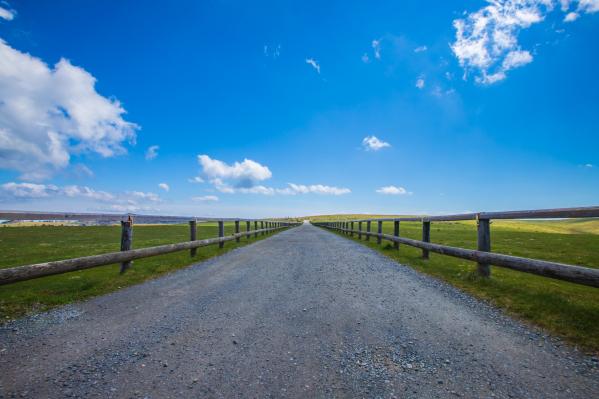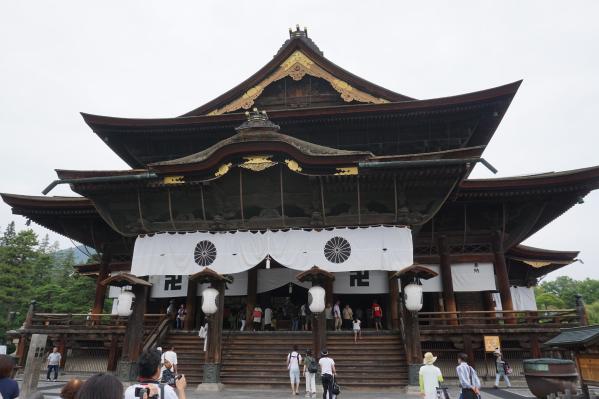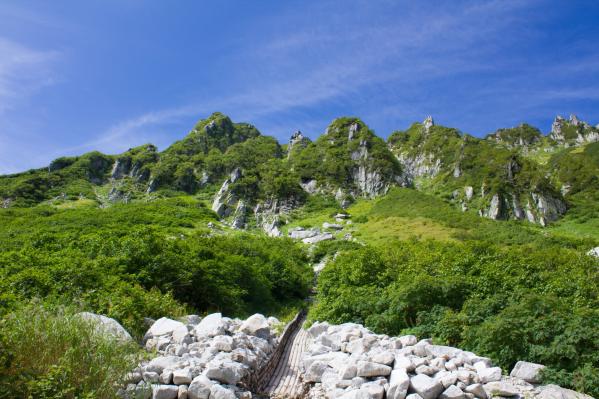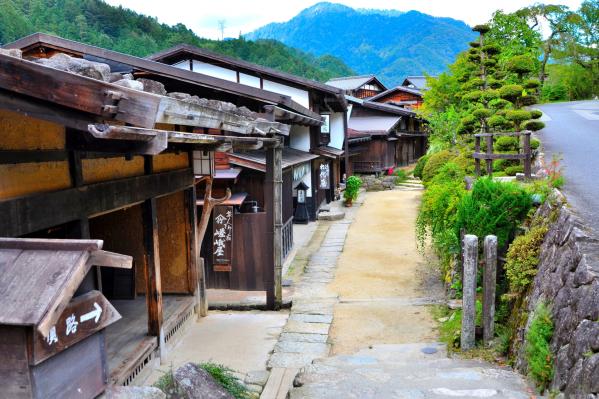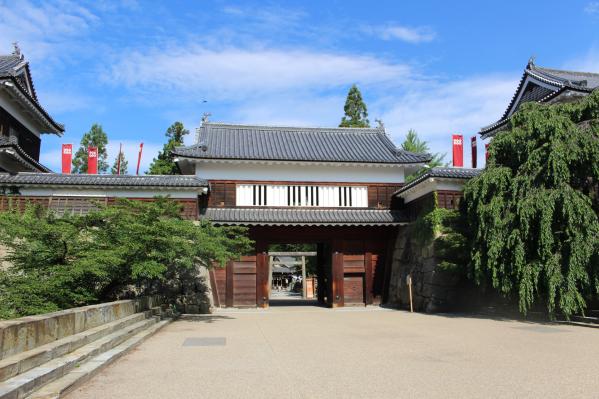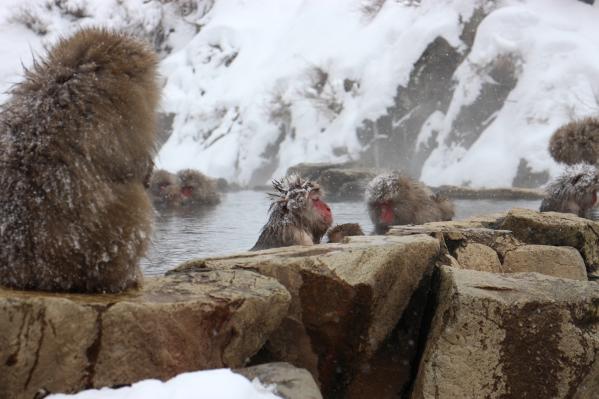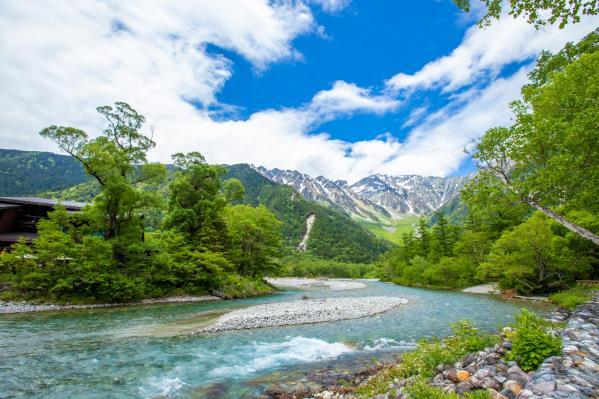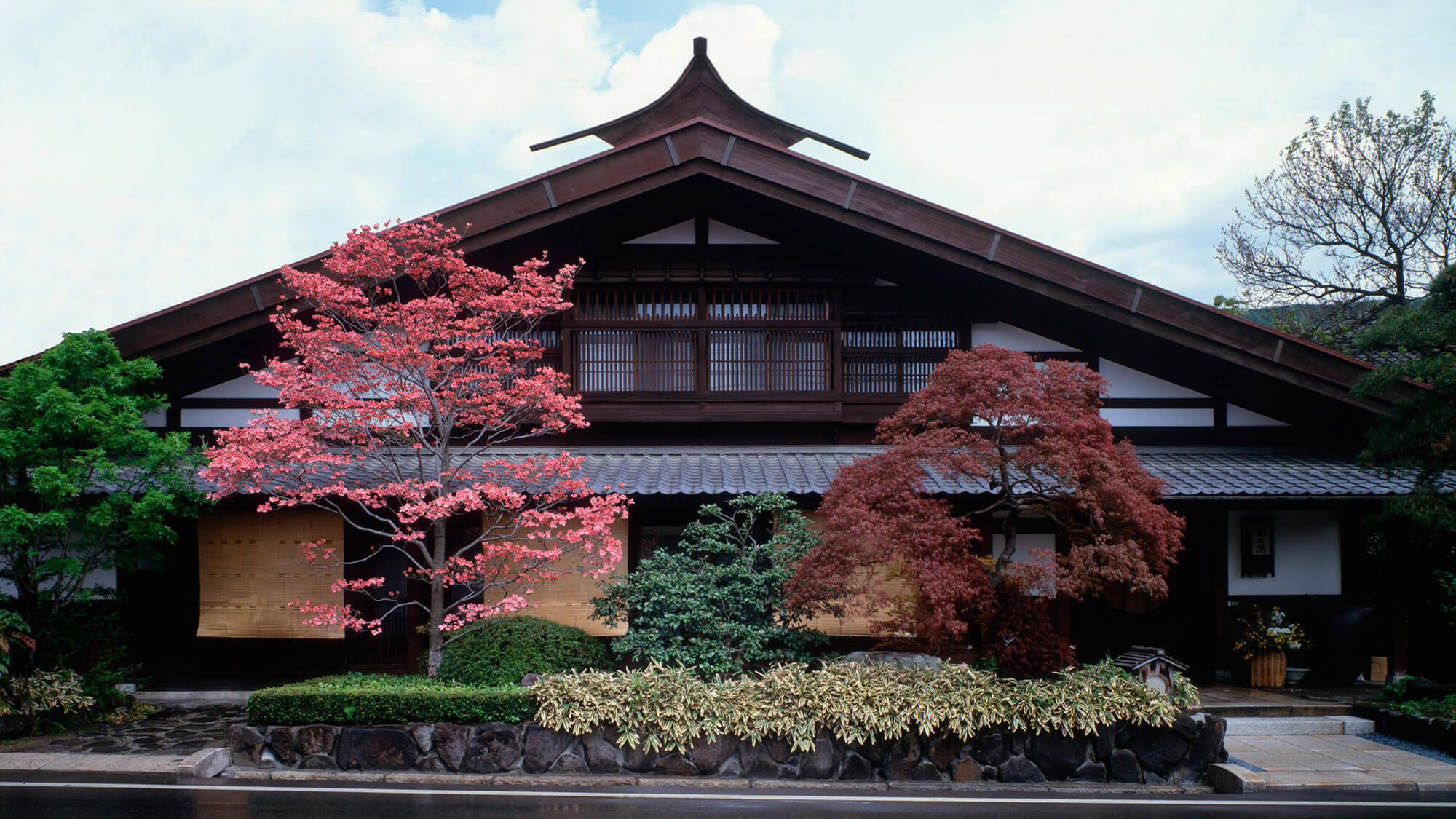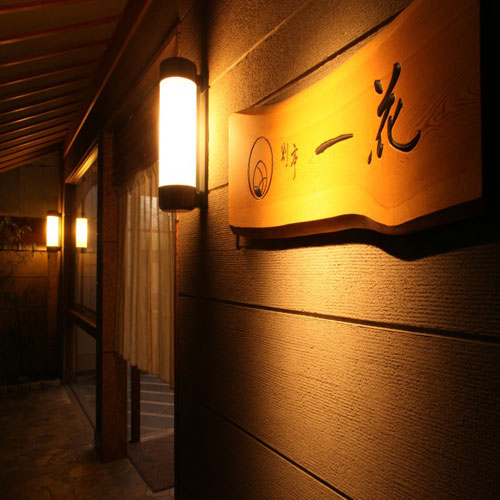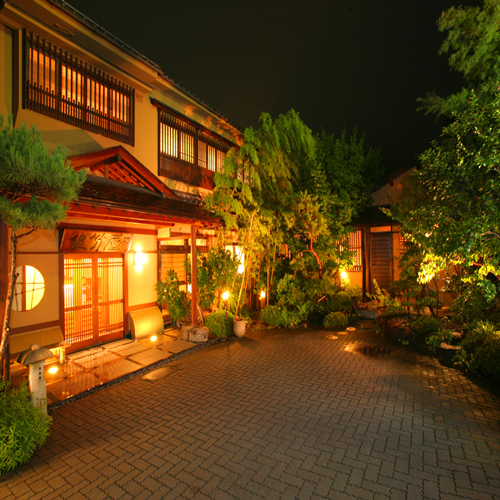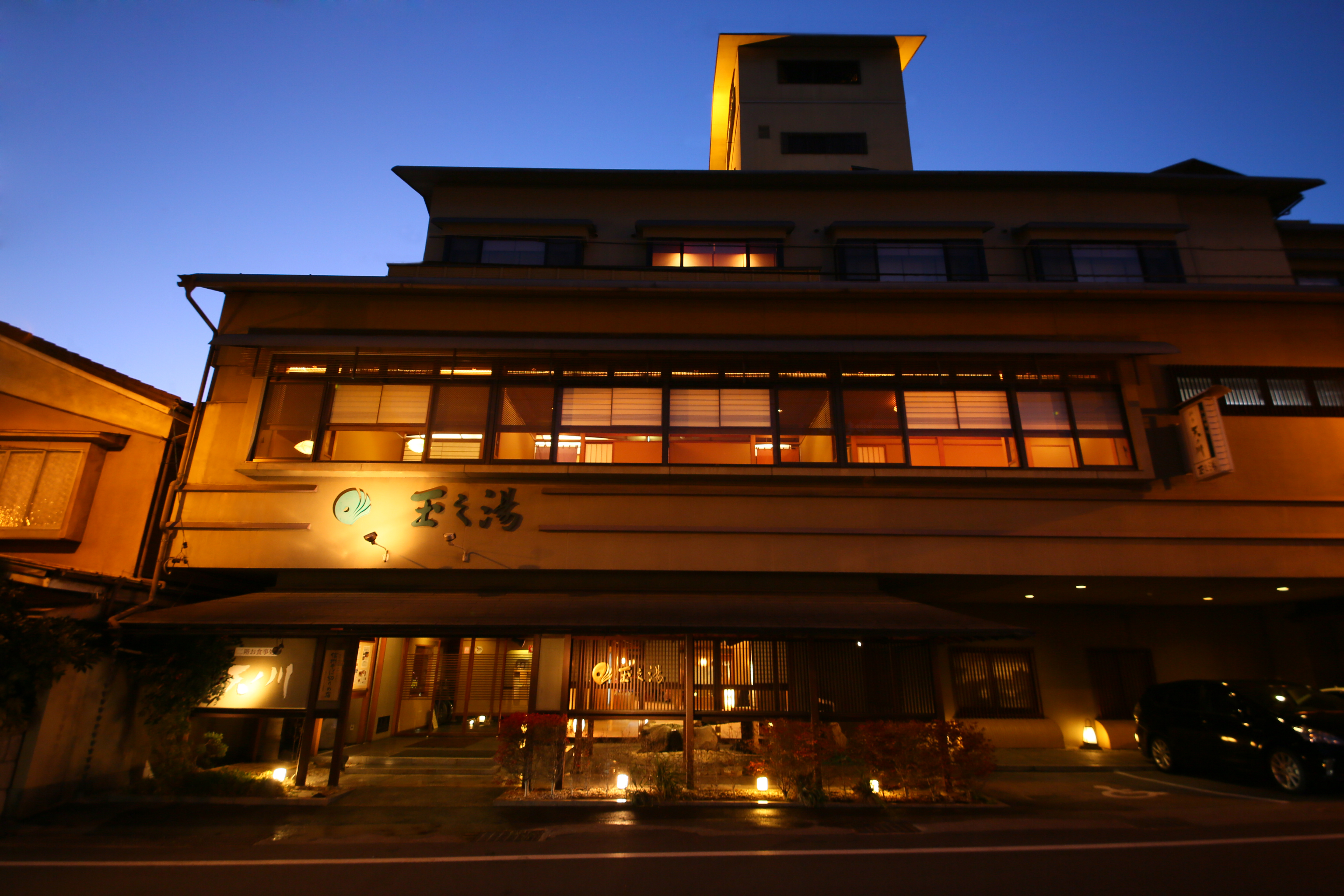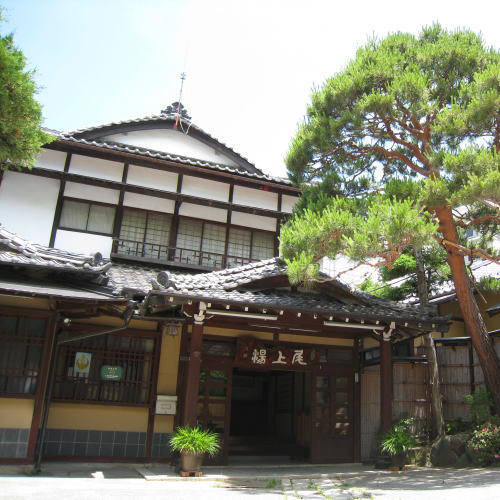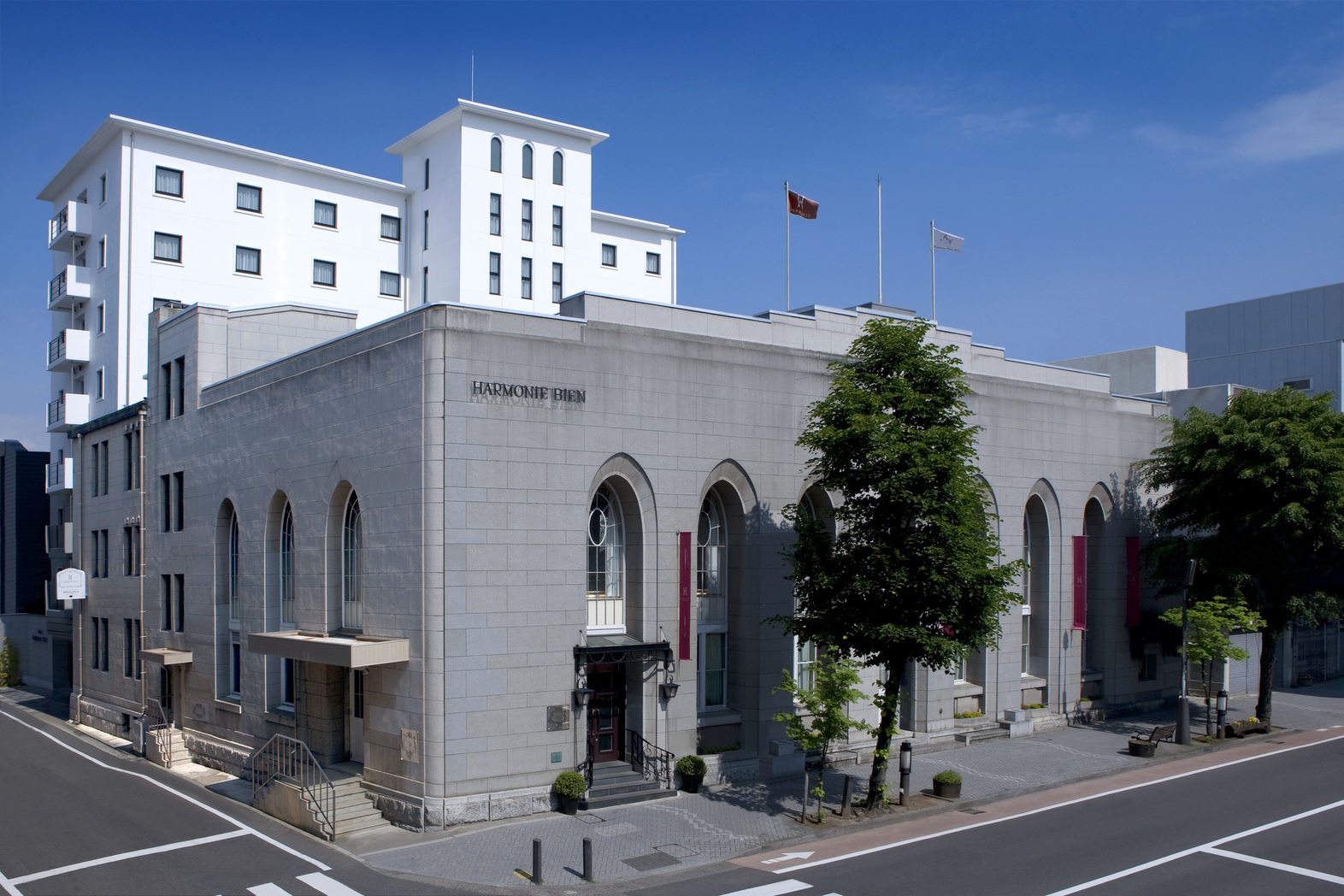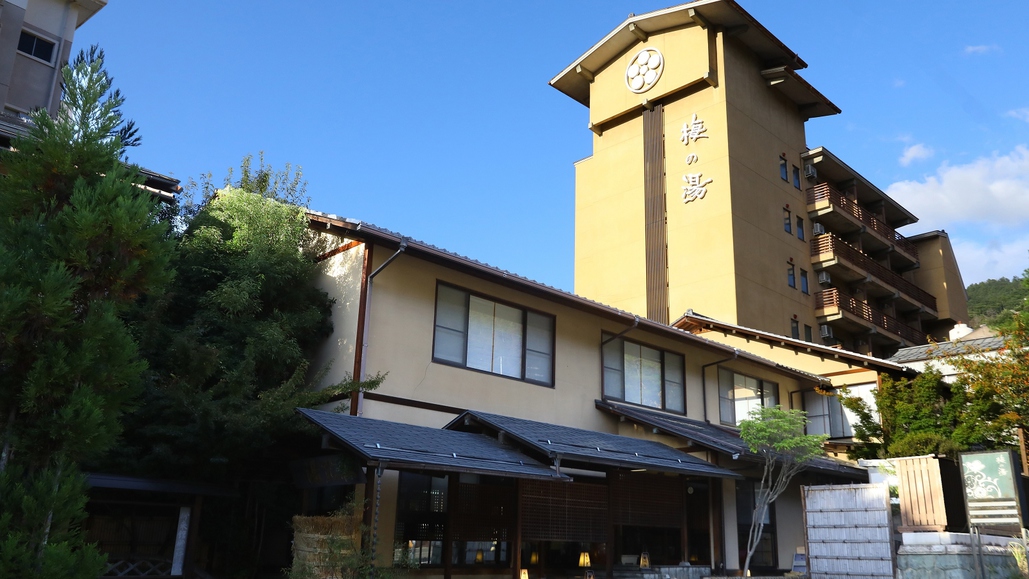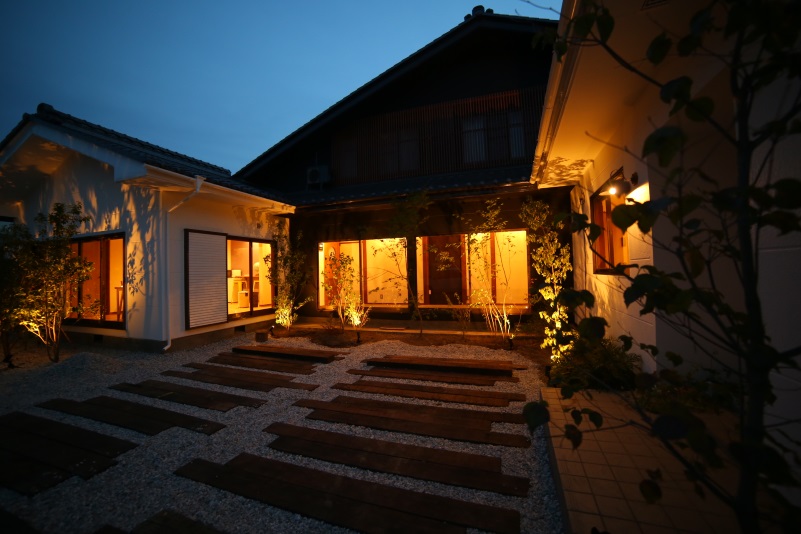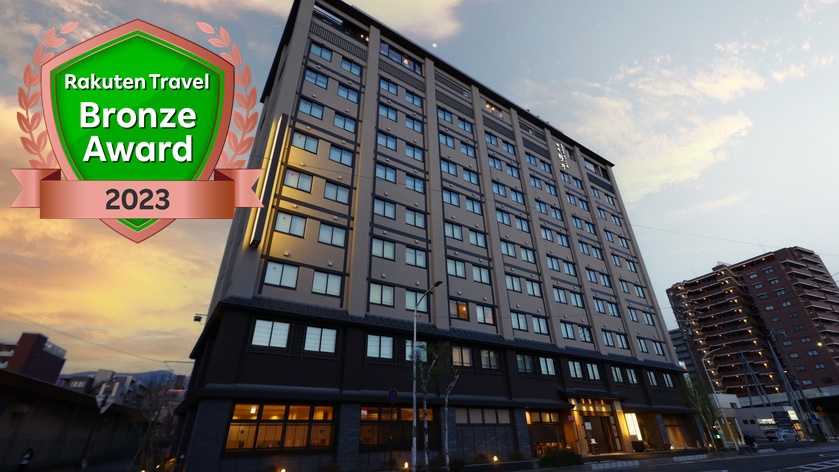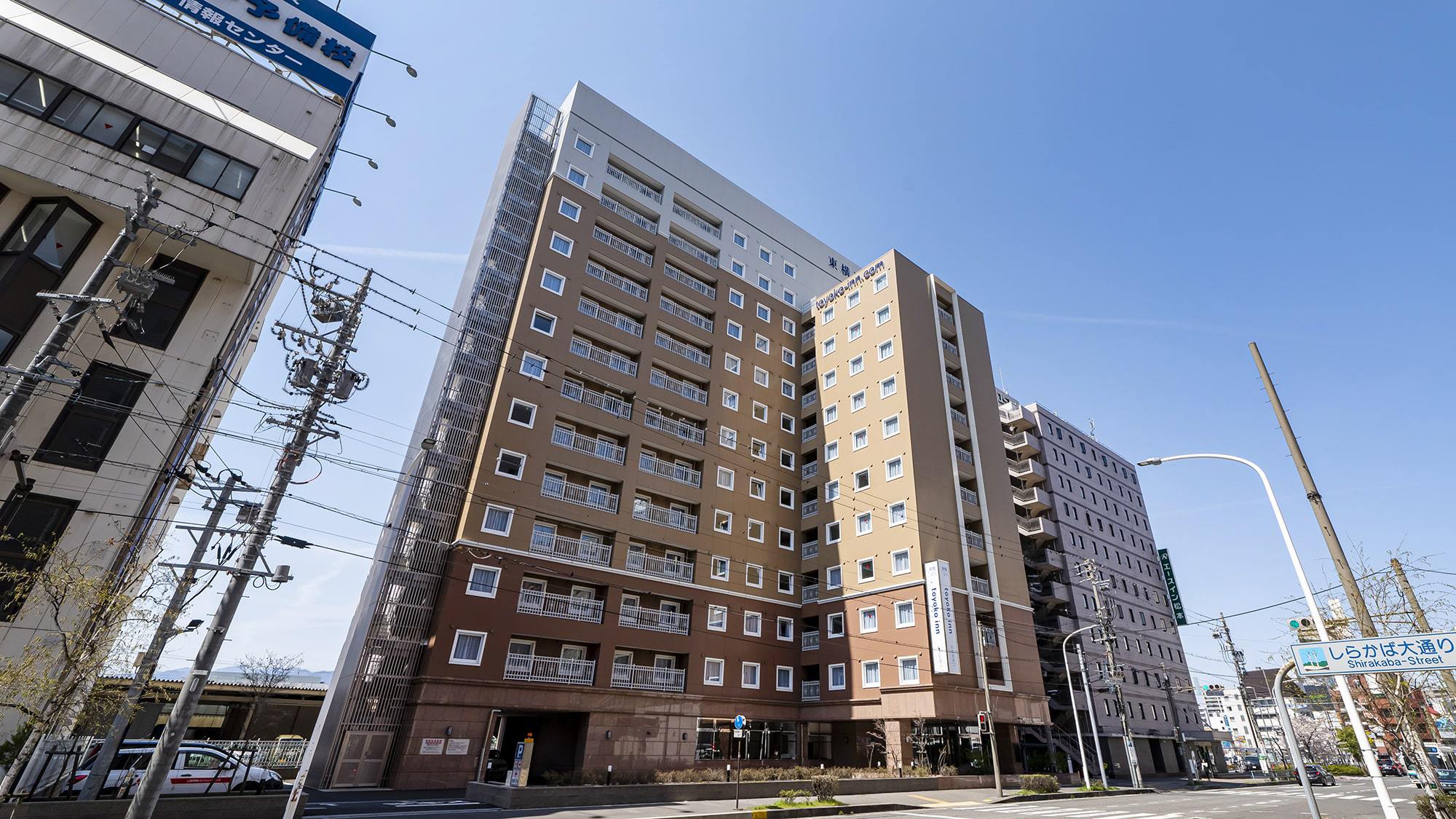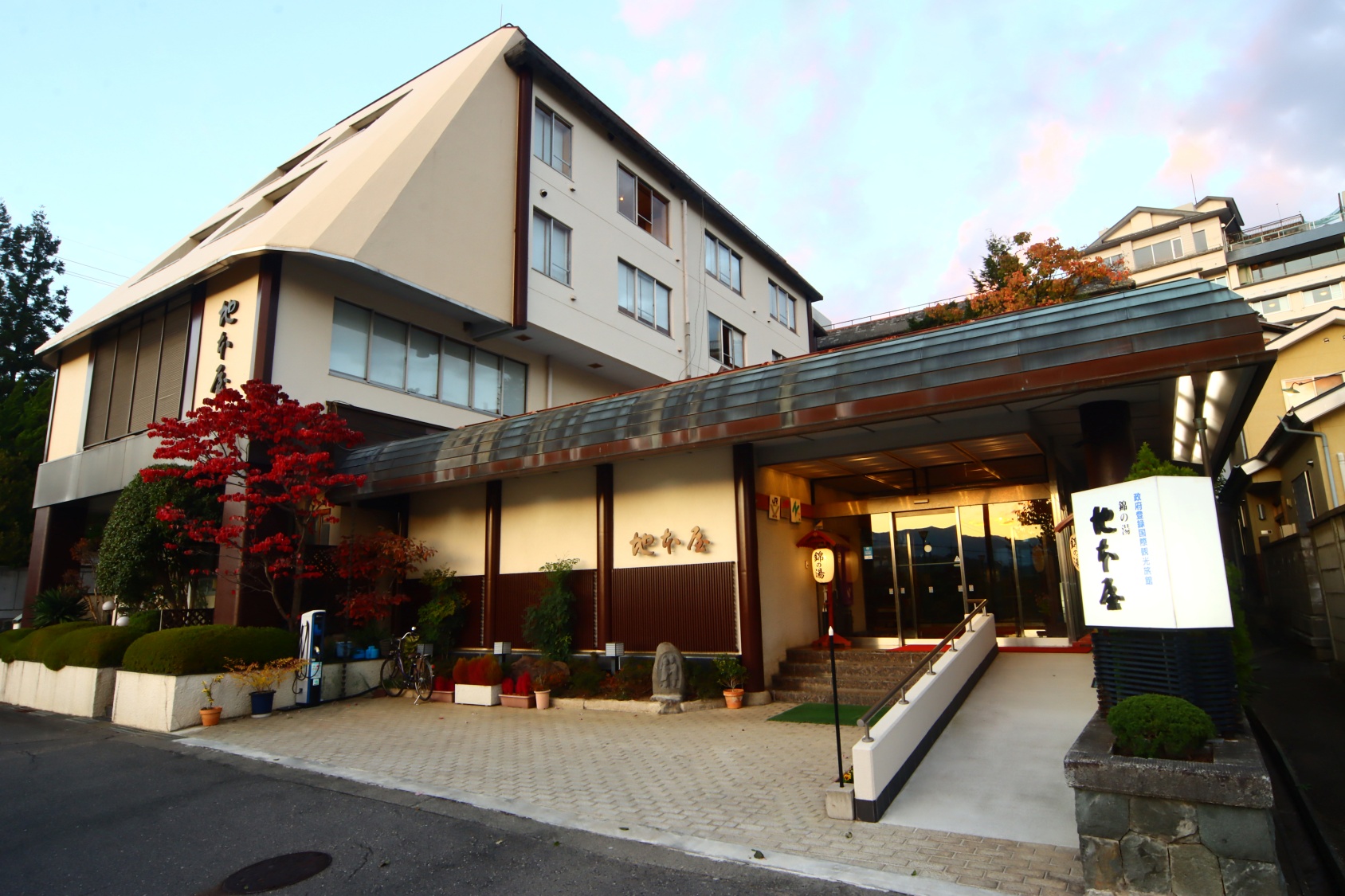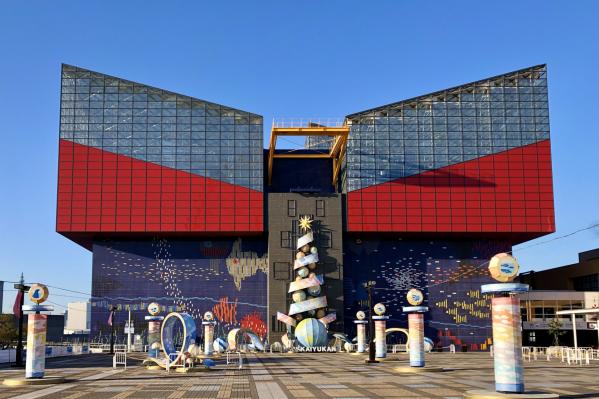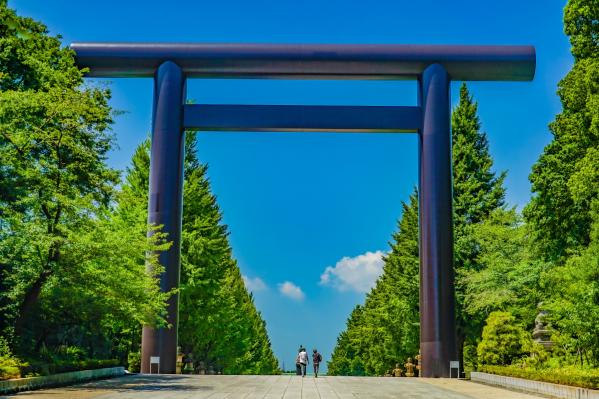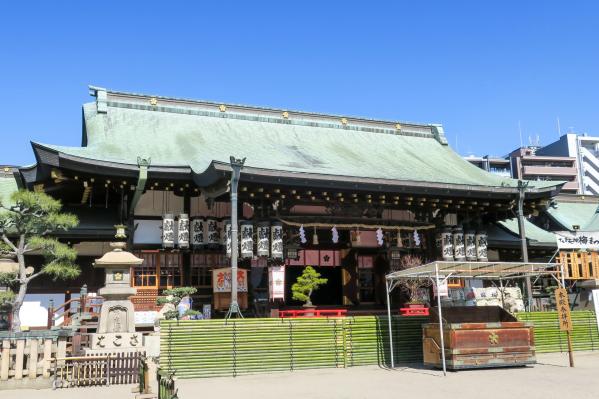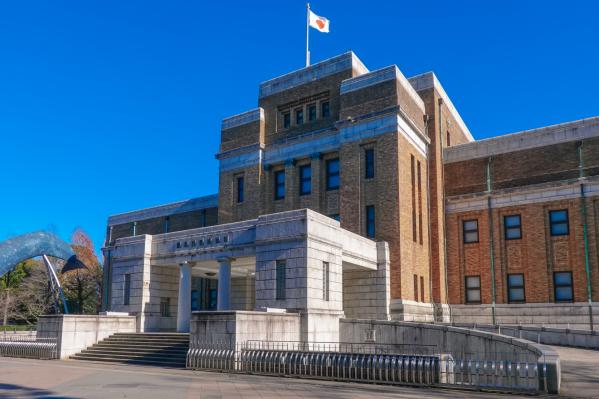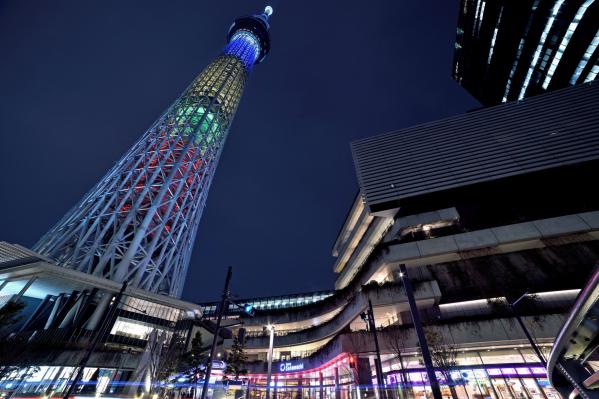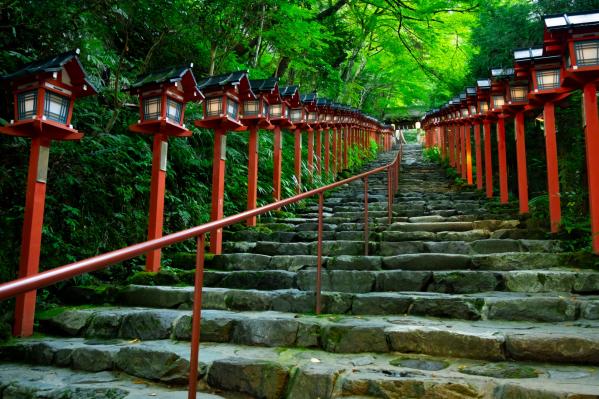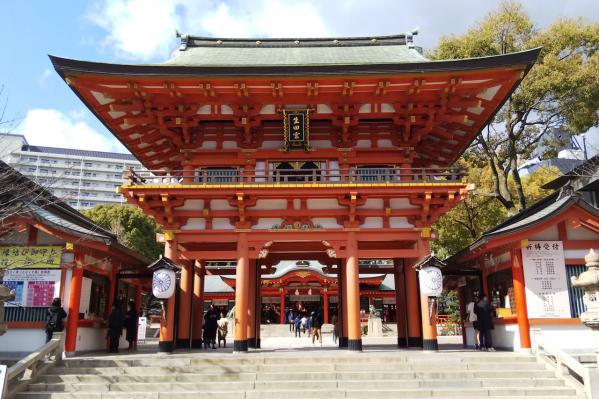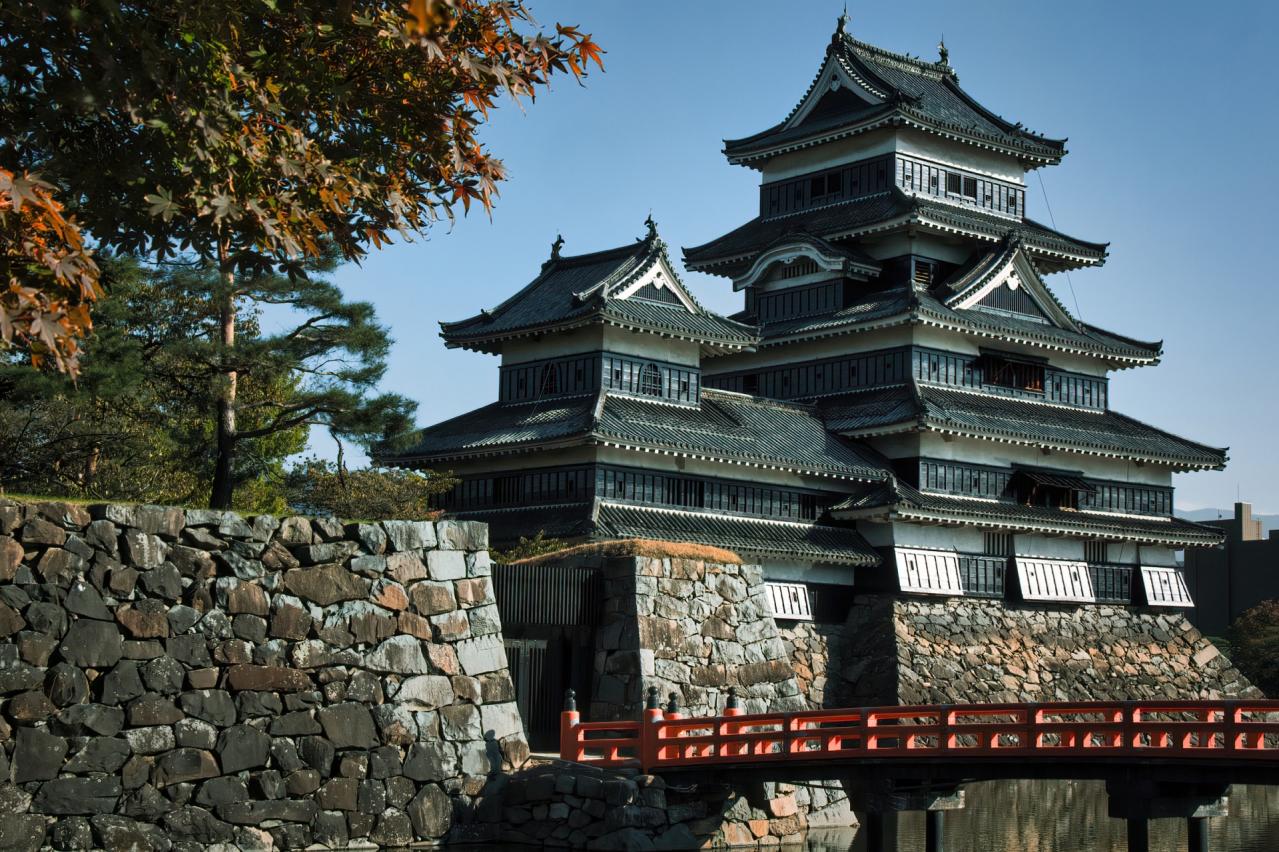
Matsumoto Castle
Matsumoto Castle is characterized by its beautiful contrast of black and white, and visitors can enjoy stunning views of the magnificent Northern Alps and the city of Matsumoto from within the castle. Historically significant, the castle changed its name to "Matsumoto Castle" when the Ogasawara clan re-entered in 1582, along with the development of the castle town. In 1590, following Toyotomi Hideyoshi's unification of Japan and Tokugawa Ieyasu's transfer to the Kanto region, Ishikawa Kazumasa entered Matsumoto Castle. The Ishikawa clan then carried out major renovations over two generations, shaping it into a modern castle fortification.
This castle is a symbol of Matsumoto city and has survived various crises thanks to the efforts of its citizens. Its beauty, which changes with the seasons, attracts many tourists. Additionally, its unusual structure, classified as a connected compound keep, is also noteworthy.
Basic Information
- Spot Name
- Matsumoto Castle
- Location
- 4-1 Marunouchi, Matsumoto City, Nagano Prefecture, Japan
- Access
- 4 km from Matsumoto IC, 15 minutes by car.
Take the JR Chuo Main Line to Matsumoto Station, then 8 minutes by bus.
Get off at Matsumoto Station on the JR Chuo Main Line, then a 15-minute walk. - Parking
- Regular cars: 110 spaces, Large vehicles: 24 spaces.
- Business Hours
- Free entry
- Fees
- Adults: 700 yen, Elementary and Junior High School Students: 300 yen, Children under elementary school age: Free
- Contact Information
- Phone Number:0263-32-2902
- Official Website
Map
Detailed Information
The five towers of Matsumoto Castle were designated as national treasures under the former National Treasure Preservation Law in 1936. In 1950, they became important cultural properties under the Cultural Property Protection Law, and in 1952, they were again designated as national treasures, remaining so to this day. Among the castle buildings designated as important cultural properties in our country, only five have received the national treasure designation: Matsumoto Castle, Inuyama Castle, Hikone Castle, Himeji Castle, and Matsue Castle.
The construction of the main towers is divided into two phases, with differences in architecture and structure. The central main tower, the smaller northern tower, and the connecting corridor were constructed by Kazumasa Ishikawa and his son, Kōchō, between 1593 and 1594. On the other hand, the Tatsumi Turret and the Tsukimi Turret located to the southeast of the main tower were built by Masanari Matsudaira between 1633 and 1638.
Currently, there are only 12 castles in Japan that retain their main tower, and among them, only Matsumoto Castle and Himeji Castle have a five-story main tower. These two castles are the only places where one can see an actual five-story keep.
Here are some of the prominent features of Matsumoto Castle:
▶ A flat castle keep standing in a magnificent landscape framed by the Northern Alps
While many of the existing 12 castles are hilltop castles, Matsumoto Castle is a flat castle surrounded by triple moats. With the Northern Alps mountains in the background, the reflection of the keep in the moat creates a magnificent view that can't be seen in other castles.
▶ The beauty of the contrast between black and white
The walls of the main tower are covered with white plaster on the upper parts and black lacquered boards on the lower sections. The exquisite contrast between the white of the plaster and the black of the lacquer creates a stunning beauty.
▶ A keep ready for battle and an elegant moon-viewing turret
The main tower, built during the late Sengoku period, has a moon-viewing turret added during the peaceful Kan'ei era. The moon-viewing turret has open sides with elegant wooden railings that completely lack any fortifications, making it a graceful building. The connection of the moon-viewing turret to the main tower is unique to Matsumoto Castle, reflecting the changing significance of the keep over time.
▶ Five stories externally, six levels internally
While the exterior tapers from the bottom upwards like a tiered pagoda, internally, there is an additional hidden level on the third floor, resembling an attic. This is similarly true for the smaller northern tower, which appears to have three levels externally but has four levels internally. This feature of having hidden levels is common in keeps of the lookout style, resulting in Matsumoto Castle having a structure that resembles a lookout style with an appearance akin to a tiered pagoda.
▶ Heightened structure using through pillars
The first and second floors are assembled with through pillars. Then, using pillars for the third and fourth floors and additional pillars for the fifth and sixth floors, the structure aims for a heightened design. The through pillars in Matsumoto Castle can be prominently seen on the third floor of the keep.
▶ Sixteen support pillars inside the stone walls
Within the base of the main tower, 16 pillars with diameters of 30 to 40 centimeters and five meters in height are placed and connected, upon which the foundation of the tower is laid. This structure resembles modern pile foundation methods.
▶ Raft-like terrain beneath the stone walls
When stacking the stone walls on the south and west sides of the main tower base, wooden planks are arranged like a raft to prevent the weak soil from sinking the root stones. This stabilizes the stones of the wall.
▶ A profusion of pillars from the first to third floor
From the first to the third floors of the main tower, there are numerous pillars, while the fourth floor and above have fewer pillars, allowing for a slightly larger space. The lower layers are constructed with a robust framework.
Matsumoto Castle Movies
Nagano Tourist Attractions
View ListUtsukushigahara
Utsukushigahara Plateau is an expansive highland that stretches approximately 2,000 meters above sea level and is located in Matsumoto City, Nagano Prefecture. Durin...
Togakushi Shrine
The highly popular power spot "Togakushi Shrine" consists of five historic shrines: Okusha, Nakasha, Hobokusha, Kuzuryu Shrine, and Hi no Mikokami Shrine. Togakushi ...
Senjōji Kōdō
Senjojiki Cirque is a bowl-shaped landform formed by glacial erosion, located at Komagatake in the Central Alps. From the "Senjojiki" station at an elevation of 2,61...
Tsumagoshuku
Tsumago-juku is a post town located in Nagano Prefecture along the Nakasendo, and it is the 42nd of the 69 stations connecting Edo and Kyoto. With Ise Mountain to th...
Ueda Castle
Ueda Castle, located in Ueda City, Nagano Prefecture, is a historic castle built by Sanada Masayuki. It gained fame for repelling the Tokugawa forces during the Firs...
Jigokudani Yaenkoen
Jigokudani Monkey Park is located in the northern part of Nagano Prefecture within the Joshinetsu Kogen National Park, at an elevation of 850 meters in a harsh envir...








